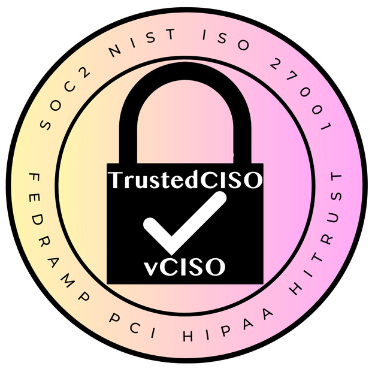In an era where digital information is king, the recent data breach at McLaren Healthcare serves as a stark reminder of the vulnerability of our personal data. In this incident, over 2 million individuals were impacted, marking it as one of the most significant breaches in the healthcare sector.
Significance of the Breach in the Context of Cyber Security
This breach is not just a statistic; it’s a wake-up call for the healthcare industry and beyond. It underscores the escalating challenges in cybersecurity and the dire need for robust protective measures that go beyond just being compliant with HIPAA.
The Scale and Impact of the Breach
Understanding the Magnitude: 2 Million Affected
The sheer number of individuals affected by this breach is alarming. It’s not just a number; it represents millions of personal stories, each potentially exposed to risks. This breach has far-reaching implications, from identity theft to financial fraud.
Types of PII Data Compromised
Personal data, including names, addresses, SSNs, and medical information, were compromised. This type of information is not just sensitive; it’s what cybercriminals often target to perpetrate identity fraud and other malicious activities. This data is Personally Identifiable Information (PII) which is most harmful to individuals.
Impacts on Affected Individuals in Breach
Short-term impacts include increased vigilance against identity theft and potential financial fraud. In the long run, affected individuals may face lasting concerns about their personal data security and trust in healthcare providers.
What You Can Do Now to Protect Yourself
- Use two factor authentication (2FA) or multi-factor authentication (MFA). 99% of authentication attacks can be thwarted by using 2FA or MFA. You can use Google Authenticator which is free to download and use. Begin with your email and social accounts.
- Download Bitwarden which is a free password manager. This way it will create and save unique complex passwords for you, so all you have to do is remember the Bitwarden password.
- Use complex passwords that are at least 14 characters long. Use a passphrase such as a sentence with spaces. For example I l0ve country mus1c! Using a dictionary word and substituting 1 or i and so on can be easily broekn, but when you substiture with a passphrase it becomes a very stron password. Come up with your own substitutions that make sense for you. Even though the latest NIST guidance on passwords says not to use substitution, it still makes your password harder to crack especially using a sentence or passphrase.
- Get LifeLock or Discover’s identity protection.
- Use a secure browser such as Firefox or Brave and add ghostery and duckduckgo to it. This way you have to whitelist the website.
- Remember don’t click on suspicious emails. They are getting really good with trying to fake people out. I’ve received several lately saying a large purchase was made on a credit card or at Amazon that were totally fake. Report these as spam.
See TechCrunch’s article for information: https://techcrunch.com/2023/11/13/mclaren-cyberattack-millions-patients-ransomware/
For more on Ransomware check out this TrustedCISO article: https://trustedciso.com/ransomware-protection-strategies/

